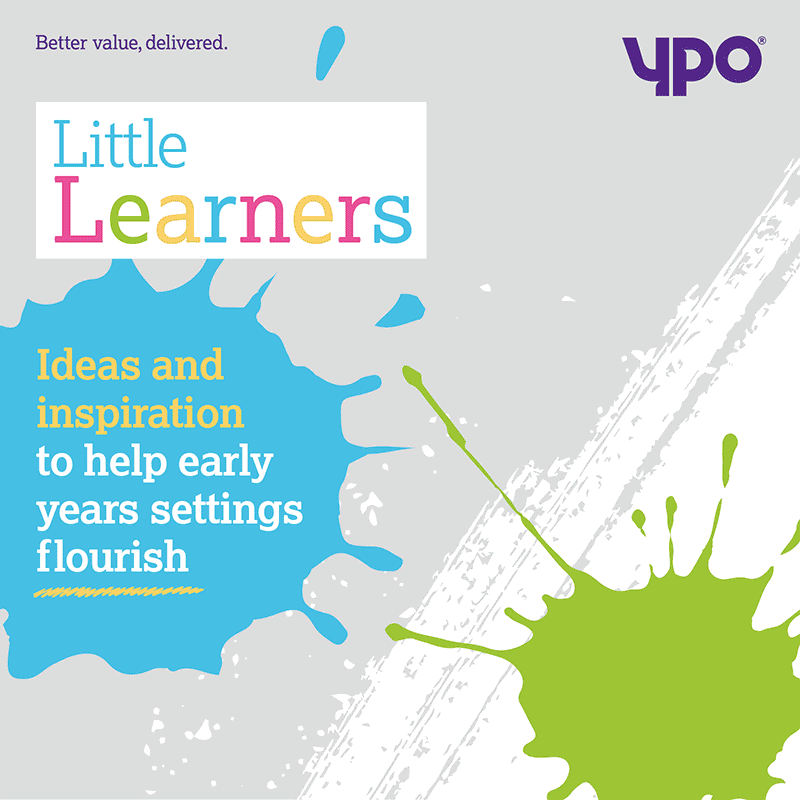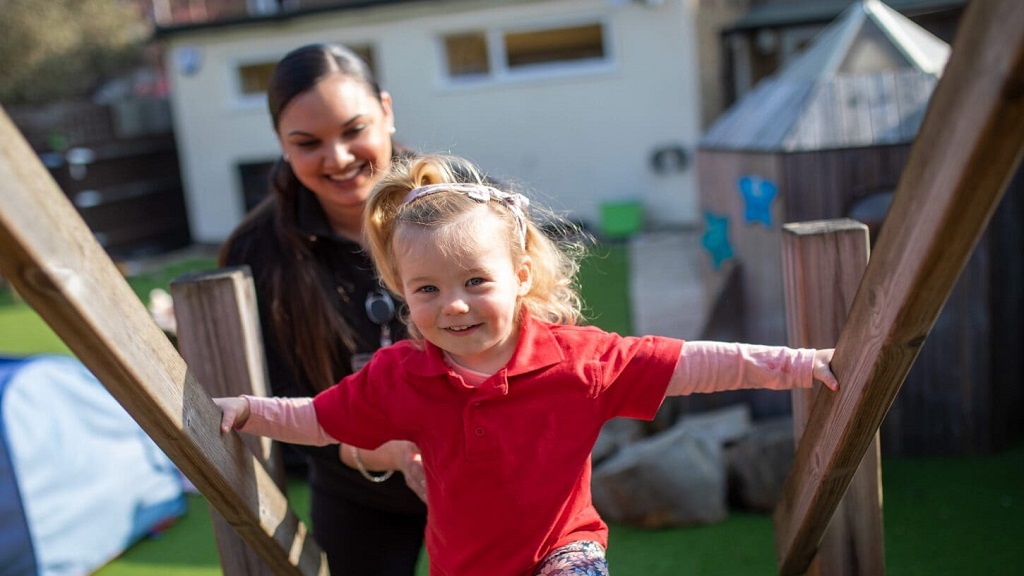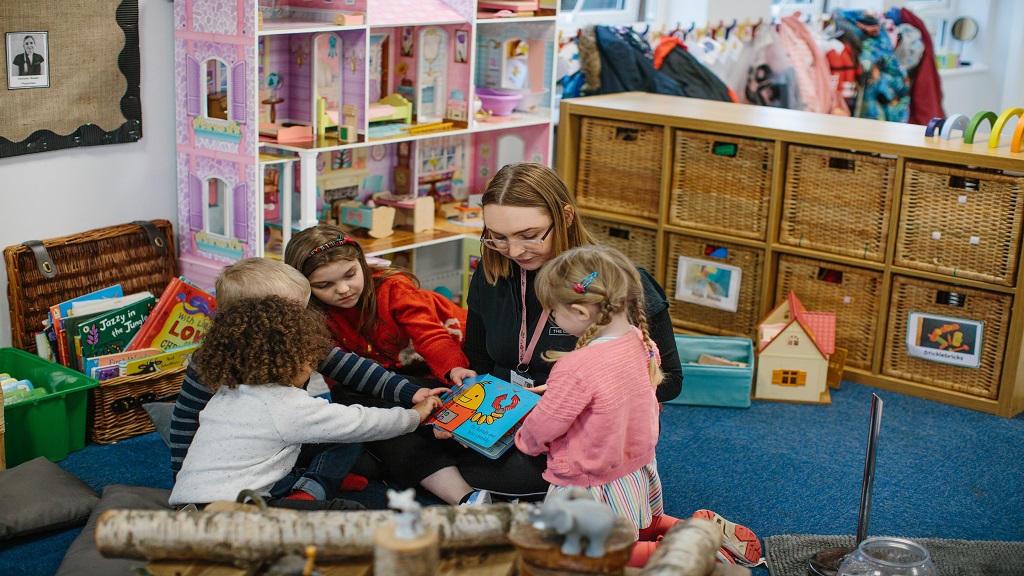Family First are big advocates of team members completing apprenticeships and learning while they earn, with more senior staff now…
Effective workforce training
Briony Richter speaks to Steph Lawrence, senior quality and learning manager at Education Development Trust about the importance of access to high-quality continuing professional development
Developing a learning culture for children requires a shared vision, enabling processes and structures, empowering managers and practitioners to develop a motivated workforce.
Early years educators are key to the delivery of high-quality childcare. Developing staff and keeping them motivated ensures that specific competencies required for organisational needs are met, for example, proposals for increased first aid qualifications for practitioners which contributes to the quality of your provision.
The Early Years Professional Development Programme (EYPDP) supports early years practitioners to develop their craft, improving outcomes in communication, language, maths and personal and emotional development.
Describe the success you had during the first two phases of the programme highlighting some key statistic outcomes.
We recently had the end-of-programme results from the first 2,000 practitioners who started the programme in February last year and recently finished it.
On completion, we conducted a survey and 95% of participants stated that they felt more knowledgeable about communication and language; 97% stated the same for early mathematics.
One statistic that stands out in particular is 90% of practitioners who recently completed the EYPDP would recommend it to others because they now feel more confident and more knowledgeable in their job.
How many local authorities have signed up?
We were really happy that all bar one local authority in England are now participating. It’s important to have that support from local government to boost the number of those joining the programme.
What areas are covered on the online programme and webinars?
There are three modules: in communication and language; early mathematics; and personal and social and emotional development (PSED).
The past couple of years has put a strain on recruitment into the sector. How has this programme bolstered efforts to recruit and retain staff?
The practitioners we have worked with said they are more likely to stay in their job after completing the course. They feel more knowledgeable, more confident in their job, and through the webinars they are building a community of practice with other EYPs from a variety of different settings across the country, enabling them to trade ideas and support each other.
Having a strong network of people to share advice and best practice with only bolsters more confidence and it’s been great to see that evolve. In many cases, practitioners are staying in touch with the people they met on the course and ‘meeting’ with them regularly.
Many childcare providers have witnessed an increase in children with SEND. Do you support practitioners in this area, especially in regard to communication?
The content on communication and language is created by Speech and Language UK. It is designed to give practitioners the knowledge and skills to be able to identify and support children who may be falling behind. It also provides practical things practitioners can try doing with children in their setting to support with communication and language difficulties.
How do you encourage the continual learning at home and improving engagement with parents?
The content on PSED has a whole unit on working parents and carers. This covers things like communicating with parents and involving them more in the child’s development by providing games, songs and activities to try at home.
For example, the communication and language course that spans 24.5 hours of learning includes:
- Building partnership with parent through sharing activities learnt on the course.
- Understanding typical language development.
- Creating communication supportive environments.
- Achieving high-quality interactions.
- Measuring progress, identifying needs.
- How language supports behaviour and wellbeing.
- Embedding good communication and language in your setting.
Having a strong partnership between practitioners and managers with parents and carers supports a more streamlined approach to learning for the children. Furthermore, parents become more confident in using the techniques at home.
What are the goals for 2024?
We have just opened recruitment for our final cohort – cohort four – starting in April. To date 8,000 practitioners have signed up to be a part of the programme and there are 2,000 final places remaining to access the programme – which is free and has government funding available.
The CPD of people in the early years and childcare’s workforce needs to be aligned to the needs of employers and practitioners alike.
In order for CPD to be successful the sector needs to have a shared vision that promotes and supports an ethos for learning. All settings should ensure that their staffs’ development needs are identified and considered regularly, planned, translated into learning objectives, resourced and supported.
Latest Features
NMT takes the temperature of the early years market and offer tips for marketing, launching a new nursery, and utislising…
In this leadership series, NMT speaks to Gareth Degenhart, founder and managing director, The Lime Trees What has been your…




